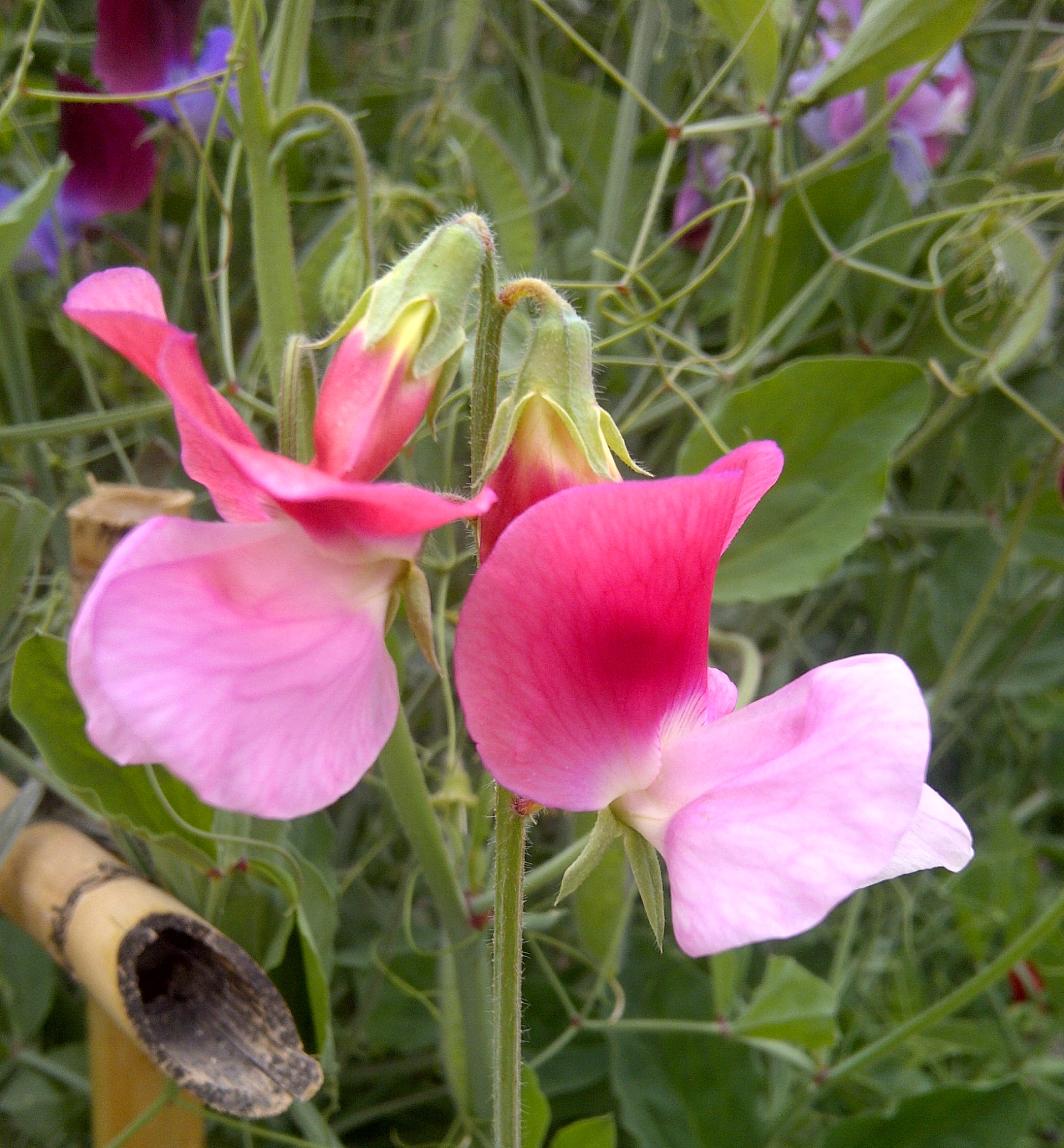The Enchanting Lathyrus Odoratus: A Comprehensive Look at the Sweet Pea
The Lathyrus odoratus, more commonly known as the sweet pea, is a captivating flowering plant that has charmed gardeners and flower enthusiasts for centuries. Its delicate, butterfly-like blooms, intoxicating fragrance, and climbing habit make it a beloved addition to gardens, bouquets, and even artistic creations. This comprehensive article delves into the various aspects of the sweet pea, exploring its history, cultivation, varieties, and the enduring appeal that has solidified its place in the world of horticulture.
A Journey Through Time: The History of the Sweet Pea

The story of the sweet pea begins in the late 17th century in Sicily, Italy. A Sicilian monk named Francesco Cupani is credited with discovering the wild sweet pea, a relatively unassuming flower with a subtle fragrance. In 1699, he sent seeds to a schoolmaster in England, Dr. Uvedale, who successfully cultivated them. However, it was not until the Victorian era that the sweet pea truly gained popularity.
The Victorian love for sentimental flowers and the burgeoning interest in hybridization propelled the sweet pea into the limelight. Scottish nurseryman Henry Eckford, often referred to as the “Father of the Sweet Pea,” dedicated his life to breeding and improving the flower. He introduced numerous new varieties with larger blooms, richer colors, and enhanced fragrance, transforming the sweet pea into the showstopper we know today.
The establishment of the National Sweet Pea Society in 1900 further fueled the flower’s popularity. Sweet pea shows became a common sight, showcasing the remarkable achievements of breeders and growers. The flower’s association with romance and sentimentality, coupled with its availability in a wide range of colors, made it a staple in Victorian gardens and bouquets.
Cultivating the Sweet Scent: Growing Lathyrus Odoratus

Growing sweet peas can be a rewarding experience, but it requires attention to specific needs. Here’s a guide to successful cultivation:
Choosing the Right Variety
The vast array of sweet pea varieties can be overwhelming. Some are bred for their fragrance, others for their flower size and color, and some for their heat tolerance. Consider your specific needs and preferences when selecting seeds.
Heirloom Varieties: These are older varieties, often prized for their intense fragrance and unique colors. They may be less resistant to modern diseases but offer a nostalgic charm.
Sowing and Germination
Sweet peas are typically sown in autumn or spring, depending on the climate. Autumn sowing allows for earlier blooms and stronger plants.
Seed Preparation: Soaking the seeds in water overnight can improve germination rates. Some gardeners also lightly nick the seed coat to aid water absorption.
Planting and Support
Once the seedlings have developed a few sets of leaves, they can be transplanted into the garden.
Location: Sweet peas prefer a sunny location with well-drained soil.
Ongoing Care
Regular maintenance is essential for healthy sweet pea plants.
Watering: Keep the soil consistently moist, especially during dry periods.
A Symphony of Colors and Fragrances: Sweet Pea Varieties
The sweet pea’s appeal lies in its diverse range of colors, fragrances, and flower forms. From the classic pastel shades to vibrant reds and purples, there’s a sweet pea to suit every taste.
Spencer Varieties: Known for their large, ruffled flowers and long stems, Spencer varieties are popular for cut flowers.
The Enduring Appeal: Sweet Peas in Culture and Art
The sweet pea’s beauty and fragrance have inspired artists, writers, and poets throughout history. Its delicate blooms have been captured in paintings, its fragrance has been immortalized in poems, and its symbolism has been woven into stories.
Victorian Symbolism: In the Victorian era, sweet peas were associated with delicate pleasure, farewell, and thank you. They were often given as gifts to express gratitude or to bid farewell to loved ones.
Challenges and Considerations
While sweet peas are generally easy to grow, they can be susceptible to certain challenges.
Mildew: Powdery mildew is a common fungal disease that can affect sweet peas. Ensure good air circulation and avoid overcrowding to prevent mildew.
Conclusion: The Timeless Charm of Lathyrus Odoratus
The sweet pea, with its enchanting fragrance, delicate blooms, and rich history, continues to captivate gardeners and flower enthusiasts around the world. From its humble origins in Sicily to its widespread popularity in Victorian England and beyond, the sweet pea has earned its place as a timeless symbol of beauty and sentimentality. By understanding its cultivation requirements and appreciating its diverse varieties, you can enjoy the delightful charm of Lathyrus odoratus in your own garden. The sweet pea is more than just a flower; it’s a testament to the enduring power of nature’s beauty and the human desire to cultivate and cherish it.


